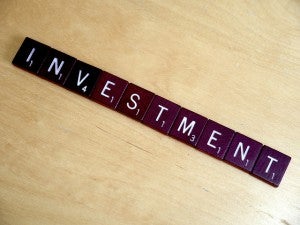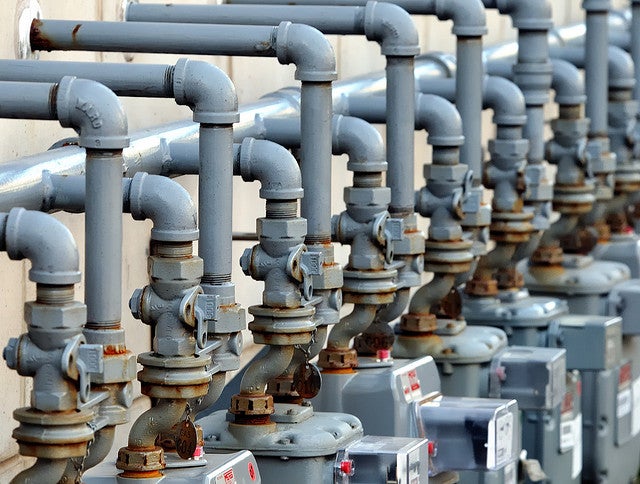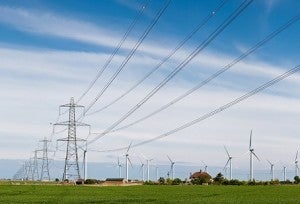 A tool only has value if it’s used. For example, you could be the sort of person who’s set a goal of wanting to exercise more. If someone gives you a nifty little Fitbit to help you do that, and you never open the box, how useful, then, is this little device? The same is true about smart energy management solutions: good tools exist, but whether it’s calories or energy use that you want to cut, at some point those helpful devices need to be unpacked. The same is true for demand response, an energy conservation tool that pays people to save energy when the electric grid is stressed.
A tool only has value if it’s used. For example, you could be the sort of person who’s set a goal of wanting to exercise more. If someone gives you a nifty little Fitbit to help you do that, and you never open the box, how useful, then, is this little device? The same is true about smart energy management solutions: good tools exist, but whether it’s calories or energy use that you want to cut, at some point those helpful devices need to be unpacked. The same is true for demand response, an energy conservation tool that pays people to save energy when the electric grid is stressed.
California’s electricity industry stands at a crossroads. The state got an early start on creating laws and policies to cut carbon pollution, and is now reaping the benefits of these policies through reduced emissions and healthy economic growth. That said, California can’t cut carbon emissions and reduce its reliance on fossil fuels without having alternatives to choose from — some focusing on promoting renewable energy, others on smarter energy management tools. Demand response is one of these tools, and a critical one. This highly-flexible, cost-effective resource should play a key role in California’s clean energy future, but several barriers stand in the way of unleashing its full potential.
It’s hard to think of California as anything but forward-thinking, but, right now, the state’s demand response programs are lagging behind those in other states and regions of the country like the Mid-Atlantic. There is good news, however, because demand response is an evolving resource. And, with advances in smart grid technologies, demand response has the potential to improve our energy mix in California. In EDF’s new report, Putting Demand Response to Work for California, we offer recommendations on how to unlock demand response as an important part of the overall strategy for California’s bright energy future.
Read More »















